People of a certain age will credit or blame Indiana Jones for their interest in archeology. For me, I am somewhere in-between the two. Archeology is a subject that I toyed with in college, played with after graduation, and have it littered about in my house. It’s based on that background that I was incredibly surprised by how immersive and varied Tales of Ancient Worlds, Adventures in Archeology was. It’s an illustrated book that’s meant for mid-elementary students but has the breadth on some level to add content to papers or conversations for those much older.
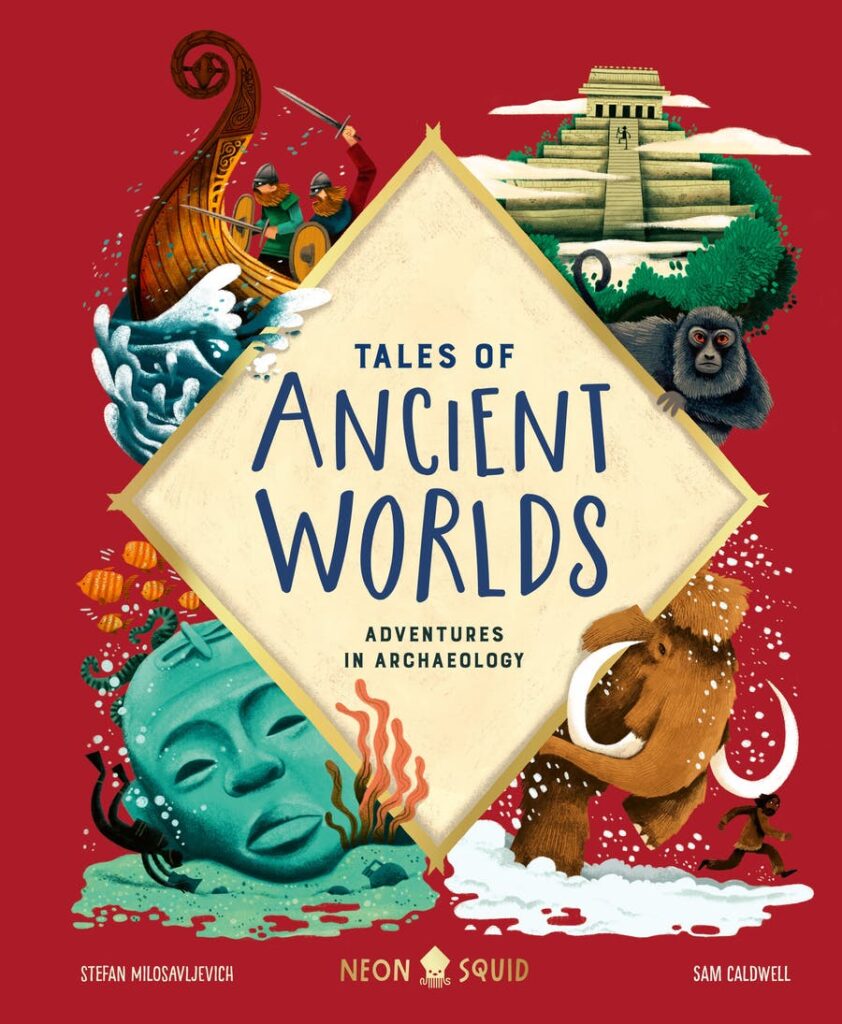
For example, I found myself regaling my wife with trivia about Emperor Qin’s Tomb. Qin Shi Huangdi was the first emperor of China. He was the centralizing force behind China standardizing their alphabet, building canals, and other major infrastructure improvements. Qin was also the one who built the Terracotta Army that was accidentally discovered by a farmer thousands of years later. His largest monument though is the pyramid that he’s buried in. It’s the world’s largest pyramid, has never been opened, is a well-known fact, and has been kept sealed out of respect.
The only way that the story has been verified is because, as the legend goes, he was buried on top of a model replica of China, with Mercury being used as the liquid to represent water. Scientists realized that Mercury becomes gas, gas can be detected by lasers and simply by scanning the area near the mountain, they realized it was true.
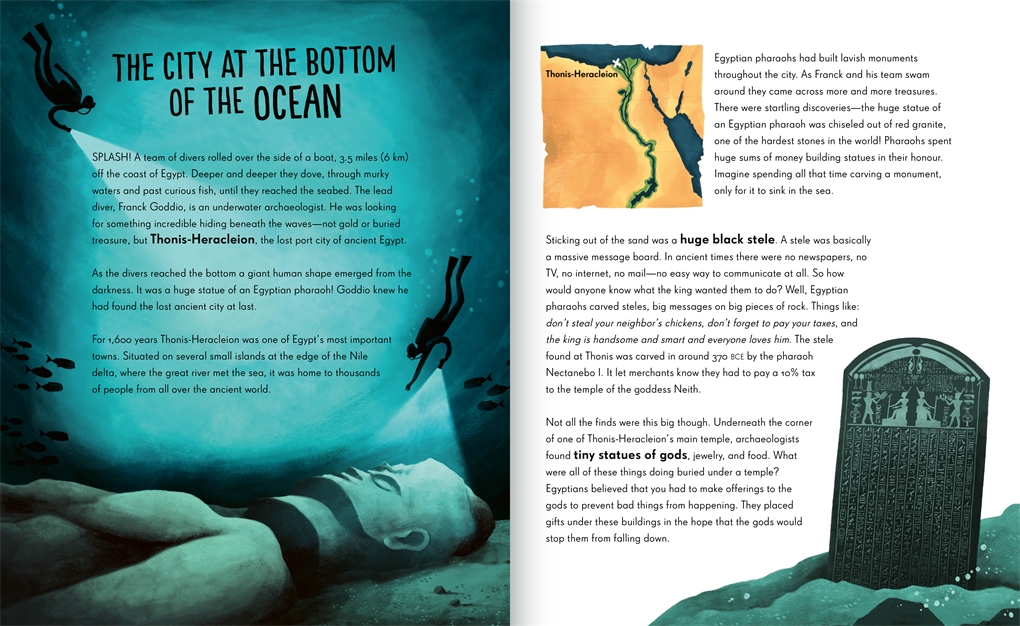
That story fascinated me. It’s written at a level that most fourth-graders will be able to read, albeit with some assistance. Those fifth-grade readers should be able to read it without any help, and those sixth graders will be able to easily read it. Moreover, the content in the book is detailed enough to add information to reports that those ages will be doing.
Tales of Ancient Worlds has a narrative background to it, starting with the first humans, the age of cities, ancient empires, and the age of discovery. While some young readers will pick and choose what they read, it builds upon itself when you start from the beginning of the book.
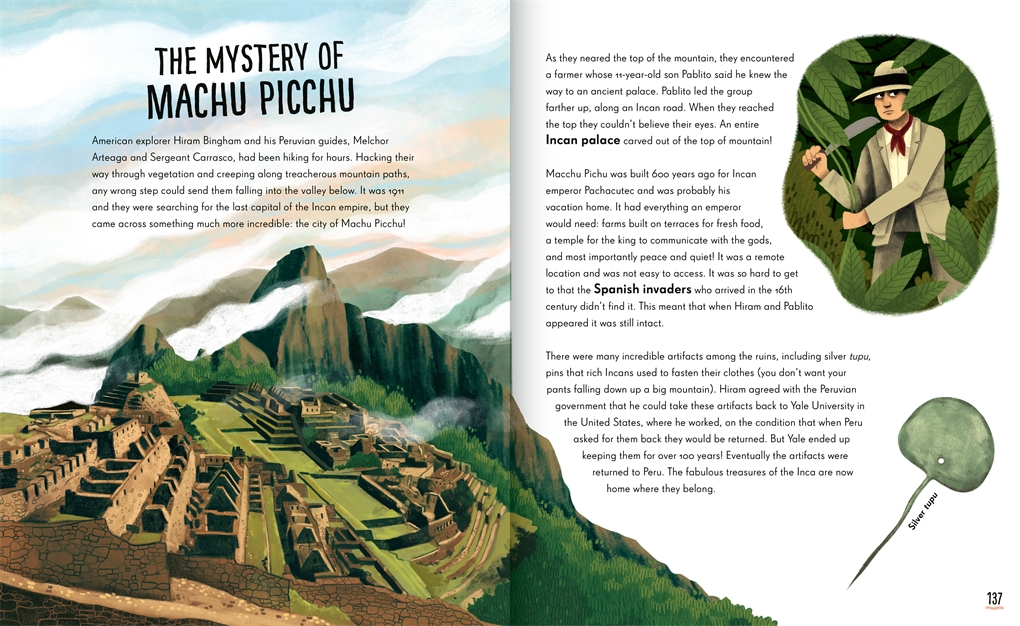
Alas, things went south when our 10-year-old started to read it. Your ancient family tree kicks off the book as it browses over the growth and changes that various apes have undergone. Our young reader laughed himself into hysterics when he saw that one of the cavemen was walking upright and not wearing any clothes. This led to a conversation as to why they were naked and it was not OK for you to go on walkabout without any clothes. He then kept on laughing and said that the first homo erectus looks like his brother.
I attempted to redirect his attention by having him read any other page from the book. He proceeded to read me a paragraph or two from the age of discovery. If your young reader is digging into the book they’ll find it very welcoming. Most of the time there’s a discovery that’s highlighted over two to four pages. There are usually six of those in a row, which is followed up by a two-page spread that introduces or reviews some of the key aspects that the following pages might include.
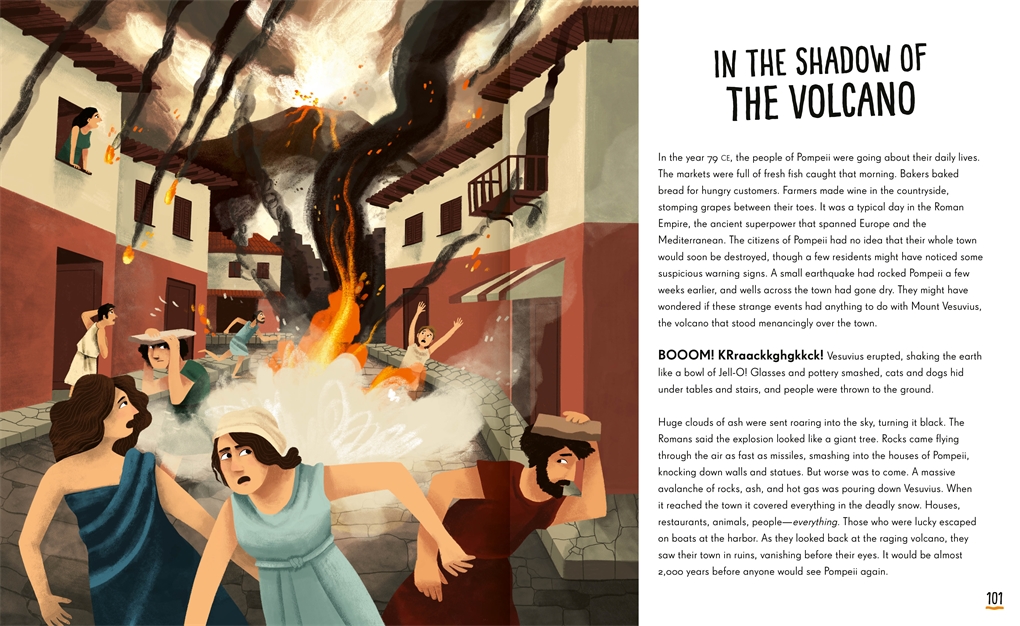
Some of the places in the book might be known to elementary school readers, but most will be new. After all, this is non-fiction, even though it’s written in an approachable manner. This is stuff that’s stranger than fiction to elementary ages, but that makes up the real-world, fascination pavers or our history’s streets. Lines in the middle of the mountains in Peru? A city at the bottom of the sea? A structure made of the tusks of a mammoth? These are silly stories that you tell me to stretch my imagination, or so they might think.
Throughout all of the pages, those readers will see pages laden with illustrations that show people, tombs, tools, writing, maps, statues, villages, and anything else that’s needed to show young readers that this is history. Young students are fascinated by archeology, yet many of those same students are bored by history. They view history as textbook-driven learning, whereas archeology is a dusty tomb that’s protected by a curse.
Tales of Ancient Worlds is history but presented on a world level through an archeology lens. The illustrations help smooth over the fact that it’s non-fiction, just in case those young readers are reluctant. Those folks might be taken in through the humor that they drive themselves into by seeing a caveman, but if that’s the only adverse side effect of getting kids hooked on archeology we’ll take it.
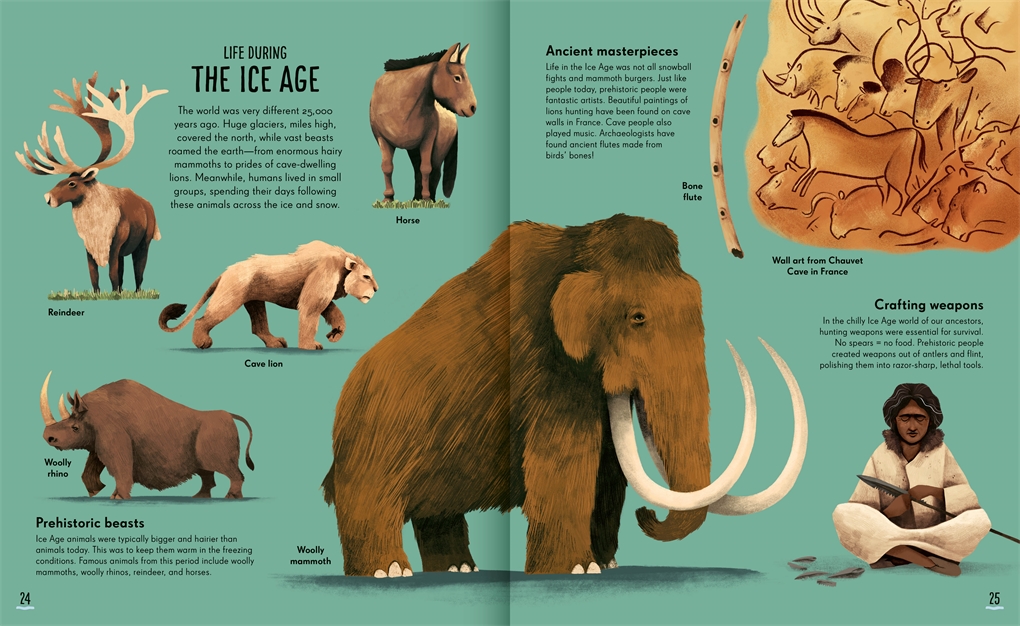
Tales of Ancient Worlds, Adventures in Archeology is by Stefan Milosavljevich with illustrations by Sam Caldwell and available on Neon Squid, an imprint of Macmillan Press.
There are affiliate links in this post.

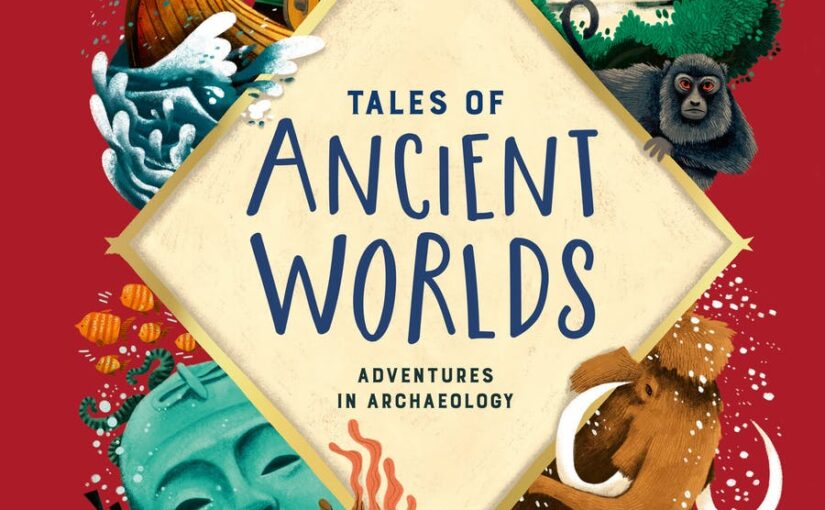



 Facebook
Facebook Twitter
Twitter Flickr
Flickr GooglePlus
GooglePlus Youtube
Youtube